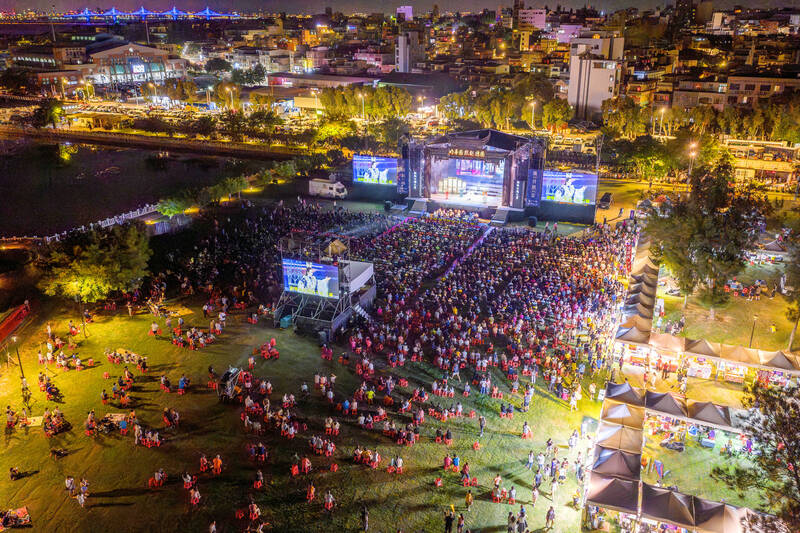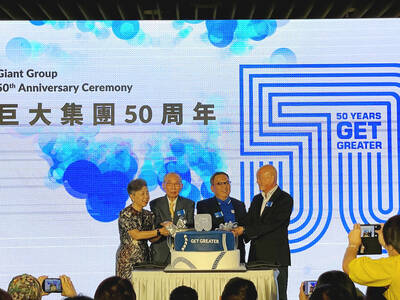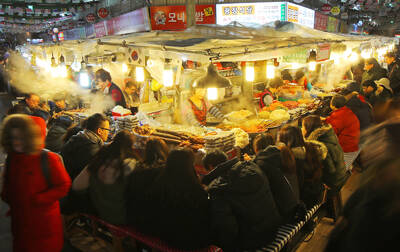Last week the Chinese Nationalist Party (KMT) announced that the legislature would again amend the Act Governing the Allocation of Government Revenues and Expenditures (財政收支劃分法) to separate fiscal allocations for the three outlying counties of Penghu, Kinmen and Matsu from the 19 municipalities on Taiwan proper.
The revisions to the act to redistribute the national tax revenues were passed in December last year. Prior to the new law, the central government received 75 percent of tax revenues, while the local governments took 25 percent. The revisions gave the central government 60 percent, and boosted the local government share to 40 percent, as it was before 1999. This worked out to an additional NT$375.3 billion for local governments, “benefiting KMT local governments more than DPP ones in the 2026 local elections” as a Taiwan Insight piece noted.
The problem with the amended act was that it originally applied to monies sent down to local governments on Taiwan proper. The amendments included the outlying islands in the revised law, meaning that the funds were to be distributed across 22 jurisdictions instead of 19. This resulted in overall reductions in funding to local governments, and left the Cabinet with no legal way to distribute NT$34.5 billion of the funds, the government said. Because the money had been allocated for local governments, the central government could not use the money, leaving the funds in limbo.

Photo courtesy of the Kinmen County Government
The amendments were rushed and were badly written, going through several versions. Democratic Progressive Party (DPP) Taipei City Councilor Chien Shu-pei (簡舒培) said that “many members of opposition parties did not even know which version they were voting on and asked others afterward which version had been passed.” The result was a host of issues. For example, the law states that the number of general grants cannot be less than the previous year — language that refuses to recognize the possibility of shrinking tax revenue — but does not state whether that refers to the total number of grants nationally, or for each jurisdiction. Nor does it specify a fixed cultural budget proportion, as Professor Wu Chieh-Hsiang (吳介祥) observed in a piece at Taiwan Insight.
The new law also does not stop the central government from simply redistributing responsibilities down to the local jurisdictions. As soon as the law was passed the central government, whose budget was suddenly crimped, began proposing moving electricity costs for schools from the Ministry of Education to local education departments. The new budget arrangements affected NT$80 billion in education budgets. Electricity costs for schools are a subject of much debate between the central and local government. Indeed, the government planned to shift costs of education to local governments, which would simply worsen rural-urban divides in education.
The budget shifts reward the north and punish the south. DPP spokeswoman Han Ying (韓瑩) said last month that the Taipei City Government’s allocation next year would increase by 64 percent, or NT$44.4 billion, while New Taipei City’s allocation would rise by 76 percent, or NT$41 billion.

Photo courtesy of the Penghu Sailing Association
The budget redistribution thus brings to mind the old saying of “Stress the north, ignore the south,” sardonic wordplay on a Chinese phrase describing male chauvinism, a phrase I first heard living in Kaohsiung in the 1990s, when that was essentially KMT government policy. Prior to 1999 the KMT treated the south as a colony, from which resources were extracted and transferred north into KMT-affiliated pockets. The funding flows from the central government down to local areas were in turn used to tie powerful local clans and factions to the KMT, meaning that local politics were hugely corrupt.
One of the core policies of the DPP after 2000 was to redistribute the nation’s wealth more fairly across its regions. The imbalance in funding also drove the great municipal evolution of the 2000 and 2010s in which New Taipei County, Taoyuan City and County, Taichung City and County and Tainan City and County all formed municipalities, in part to obtain greater government funding.
“We have finally obtained the fair treatment to which we are entitled,” then-Taipei County commissioner Chou Hsi-wei (周錫瑋) said when the county was upgraded to a municipality, referencing the county’s longstanding criticism of tax distribution under which it received half the allocation of Taipei City despite having over a million more residents.
These distributional changes may signal that the KMT is attempting to return to the old system of local faction politics fed and watered by government monies, this time sent down locally rather than by the central government. This is the KMT solution to the problem of its inability to gain control of the national government: hand it over to local governments.
The amendments also changed the land value increment tax distribution, awarding of such taxes to the local governments. Previously the central government had retained 80 percent of that tax. This means that local governments will oversee the tax application and collection. The possibilities for abuse will be endless, all under the control of local governments who can use the tax system to reward cronies and punish opponents. Local business taxes, less the payouts for the uniform invoice lottery, would also return to local governments.
The KMT’s general plan is closely similar to its playbook during the Chen Shui-bian (陳水扁) years: hamstring governance by refusing to approve appointees and defund the government, then blame the president for the resulting mess. Recall that prior to the recent freezes and cuts, the largest budget cuts were during the Chen administration in 2006. The KMT is exploiting the public’s preference for divided governance, as evidenced by both polls and voting outcomes.
Notes from Central Taiwan is a column written by long-term resident Michael Turton, who provides incisive commentary informed by three decades of living in and writing about his adoptive country. The views expressed here are his own.

In recent weeks the Trump Administration has been demanding that Taiwan transfer half of its chip manufacturing to the US. In an interview with NewsNation, US Secretary of Commerce Howard Lutnick said that the US would need 50 percent of domestic chip production to protect Taiwan. He stated, discussing Taiwan’s chip production: “My argument to them was, well, if you have 95 percent, how am I gonna get it to protect you? You’re going to put it on a plane? You’re going to put it on a boat?” The stench of the Trump Administration’s mafia-style notions of “protection” was strong

Late last month US authorities used allegations of forced labor at bicycle manufacturer Giant Group (巨大集團) to block imports from the firm. CNN reported: “Giant, the world’s largest bike manufacturer, on Thursday warned of delays to shipments to the United States after American customs officials announced a surprise ban on imports over unspecified forced labor accusations.” The order to stop shipments, from the US Customs and Border Protection (CBP), came as a surprise to Giant, company officials said. Giant spokesman Ken Li (李書耕) said that the CPB never visited the company’s factories to conduct on-site investigations, nor to interview or

Every now and then, it’s nice to just point somewhere on a map and head out with no plan. In Taiwan, where convenience reigns, food options are plentiful and people are generally friendly and helpful, this type of trip is that much easier to pull off. One day last November, a spur-of-the-moment day hike in the hills of Chiayi County turned into a surprisingly memorable experience that impressed on me once again how fortunate we all are to call this island home. The scenery I walked through that day — a mix of forest and farms reaching up into the clouds

“Eighteen years ago, people didn’t even know the name of this ingredient,” says 58-year-old Gil Sa-hyeon, holding up a cluster of dried brownish stems. “Now it’s everywhere.” His shop, Joseon Yakcho, sits in the heart of Seoul’s Yangnyeongsi Market, South Korea’s largest traditional medicinal herb market, its streets lined with shops displaying buckets of herbs such as licorice root and cinnamon bark that spill on to the pavements, filling the air with their distinct, earthy aroma. The ingredient Gil is referring to is hovenia dulcis, known in Korean as heotgae — the oriental raisin tree that’s become the cornerstone of South Korea’s